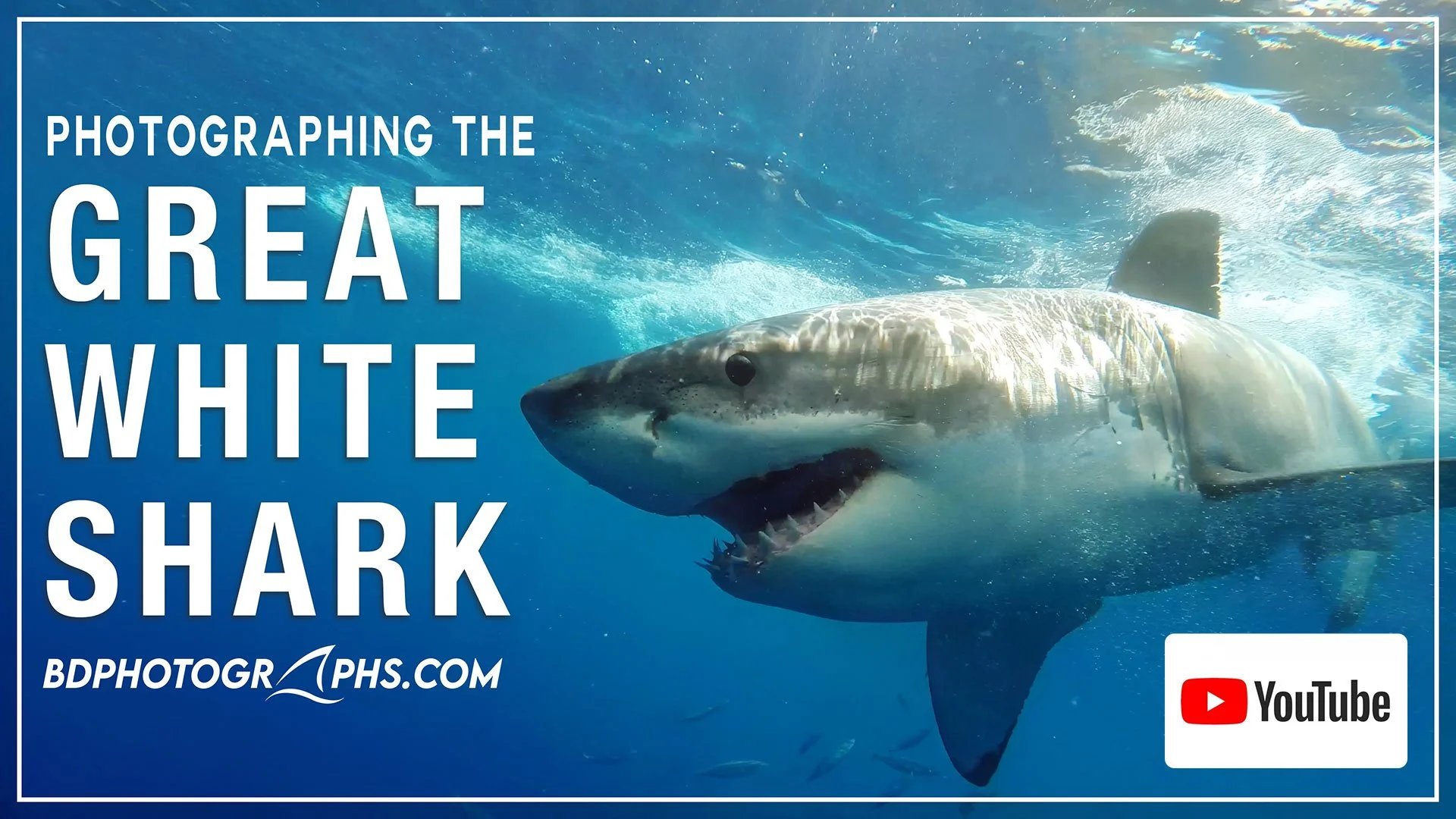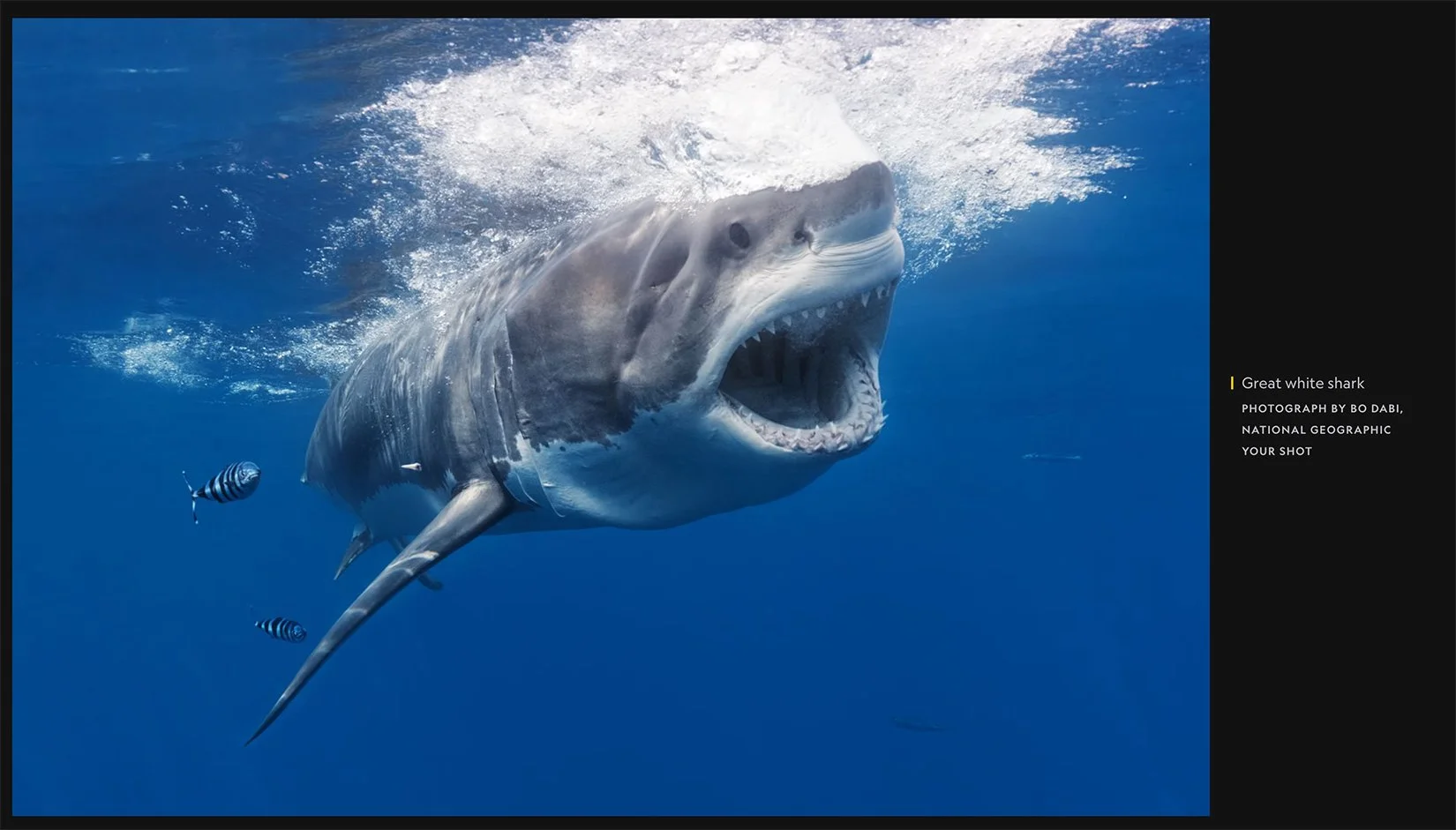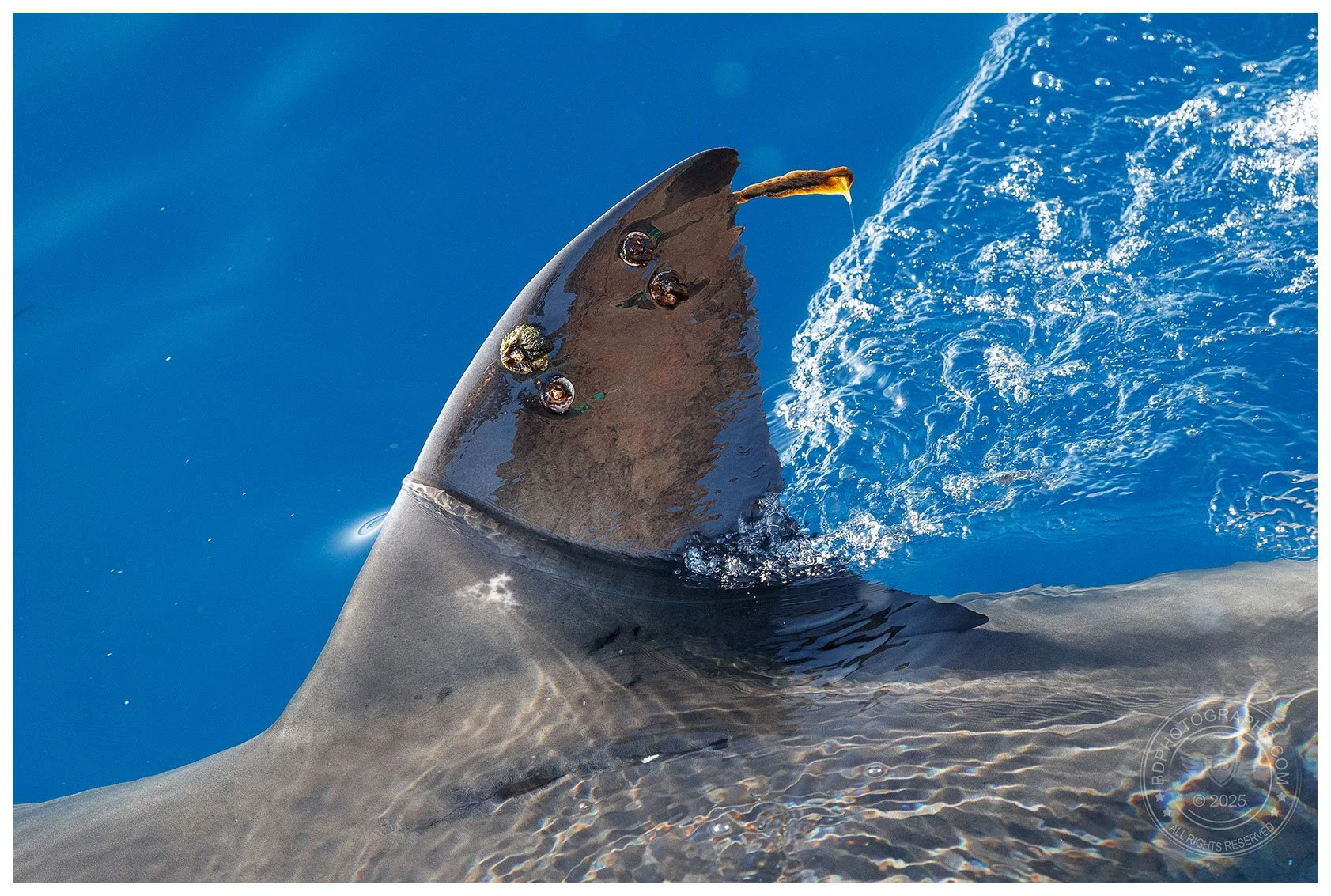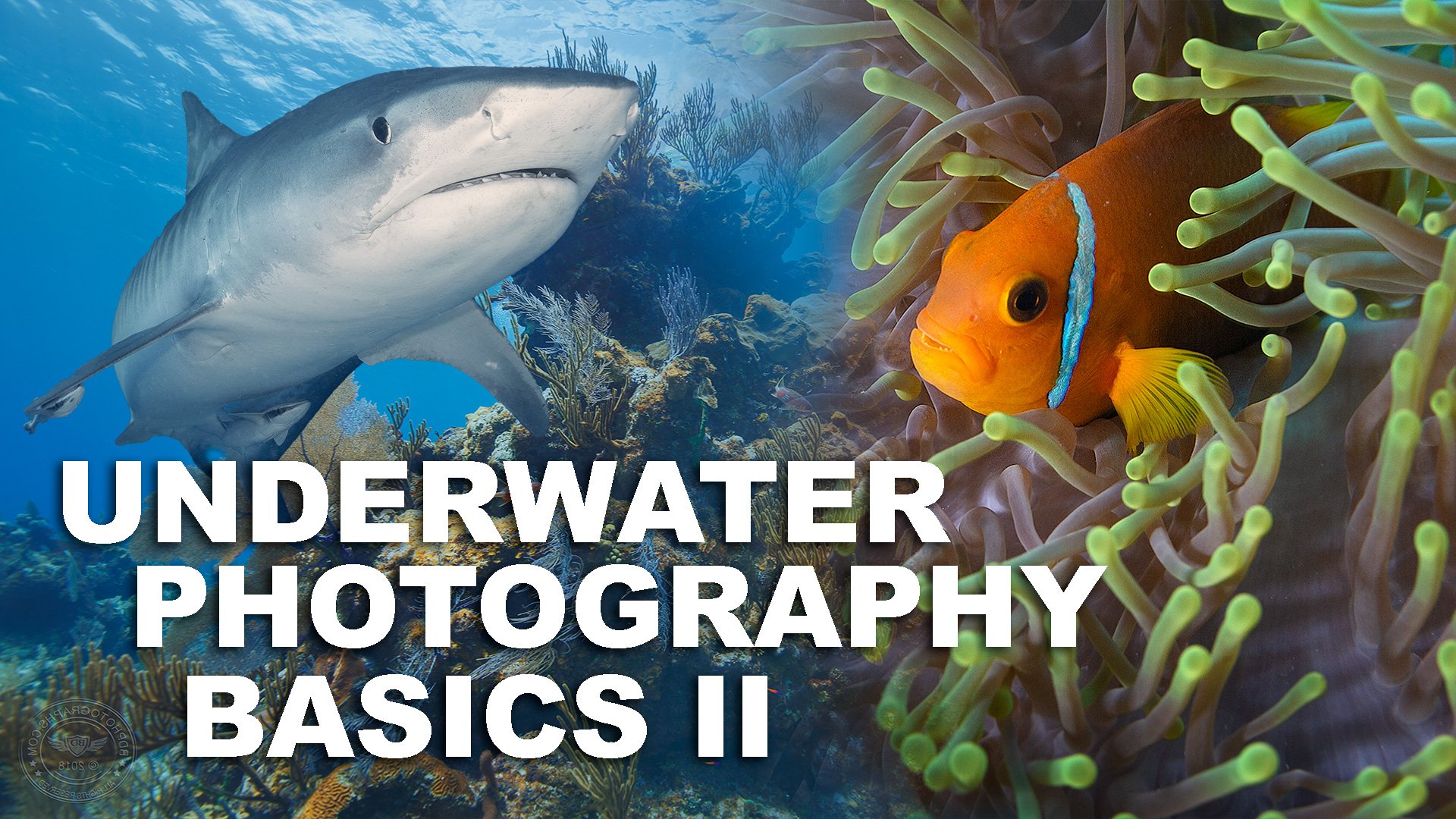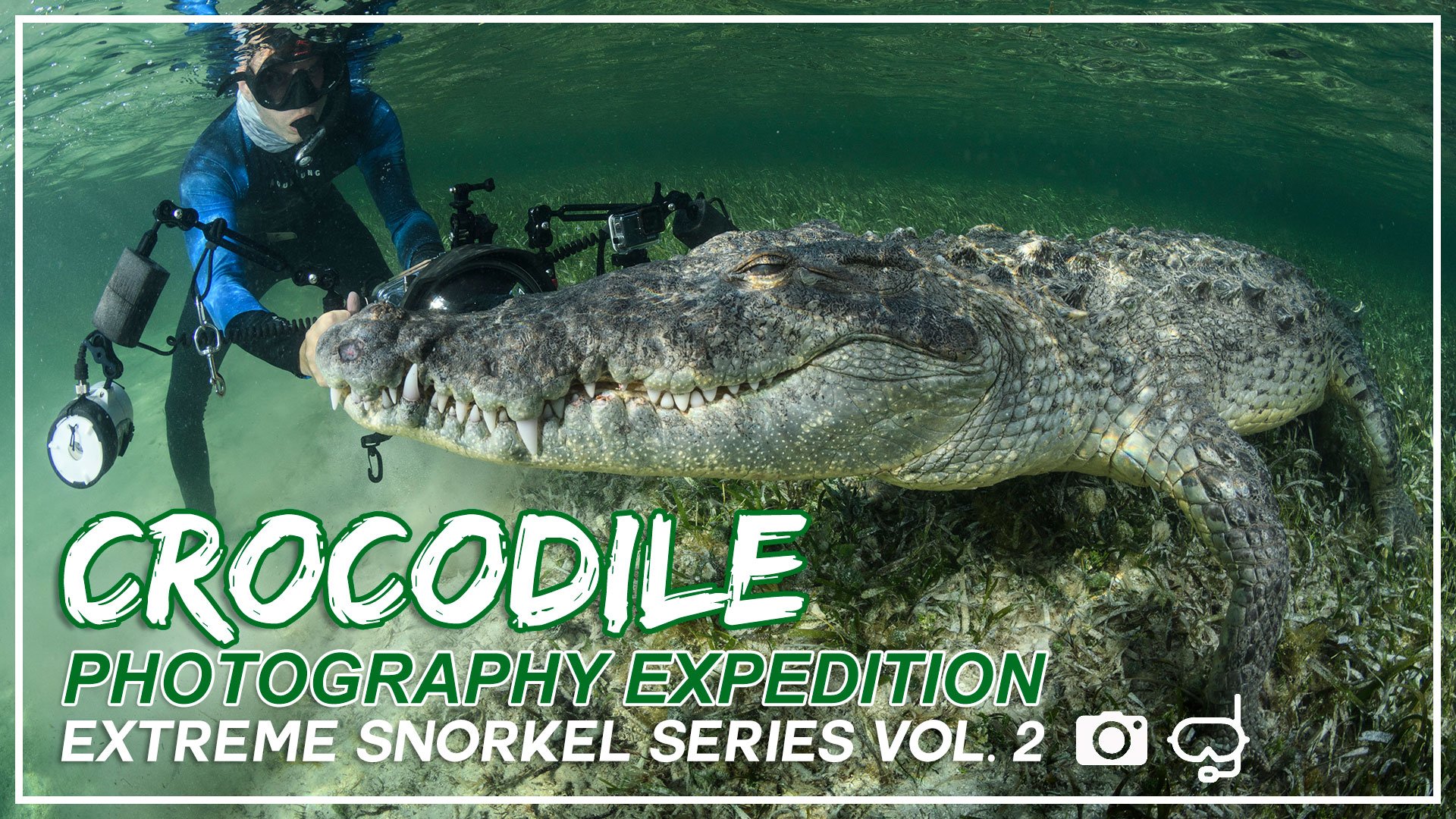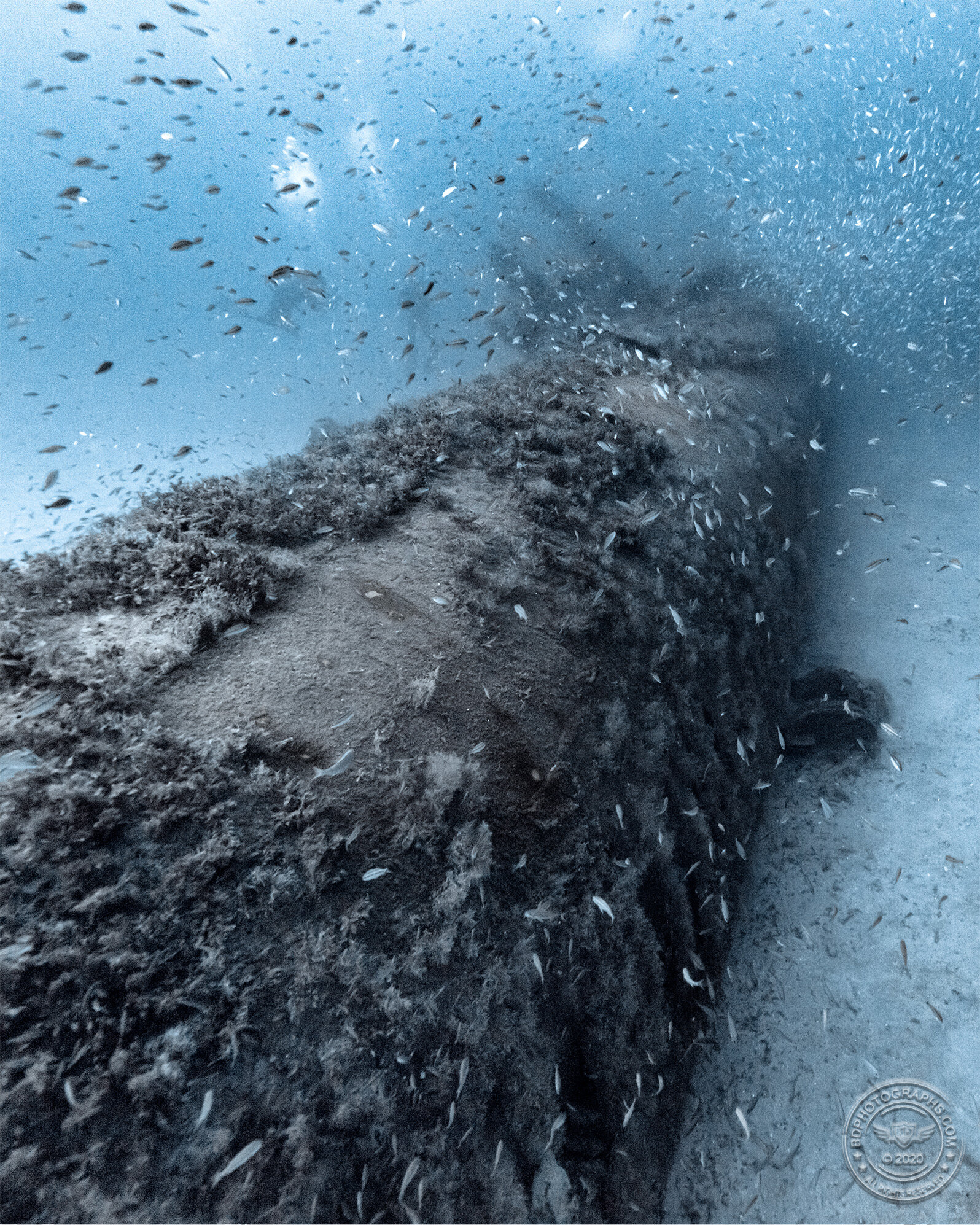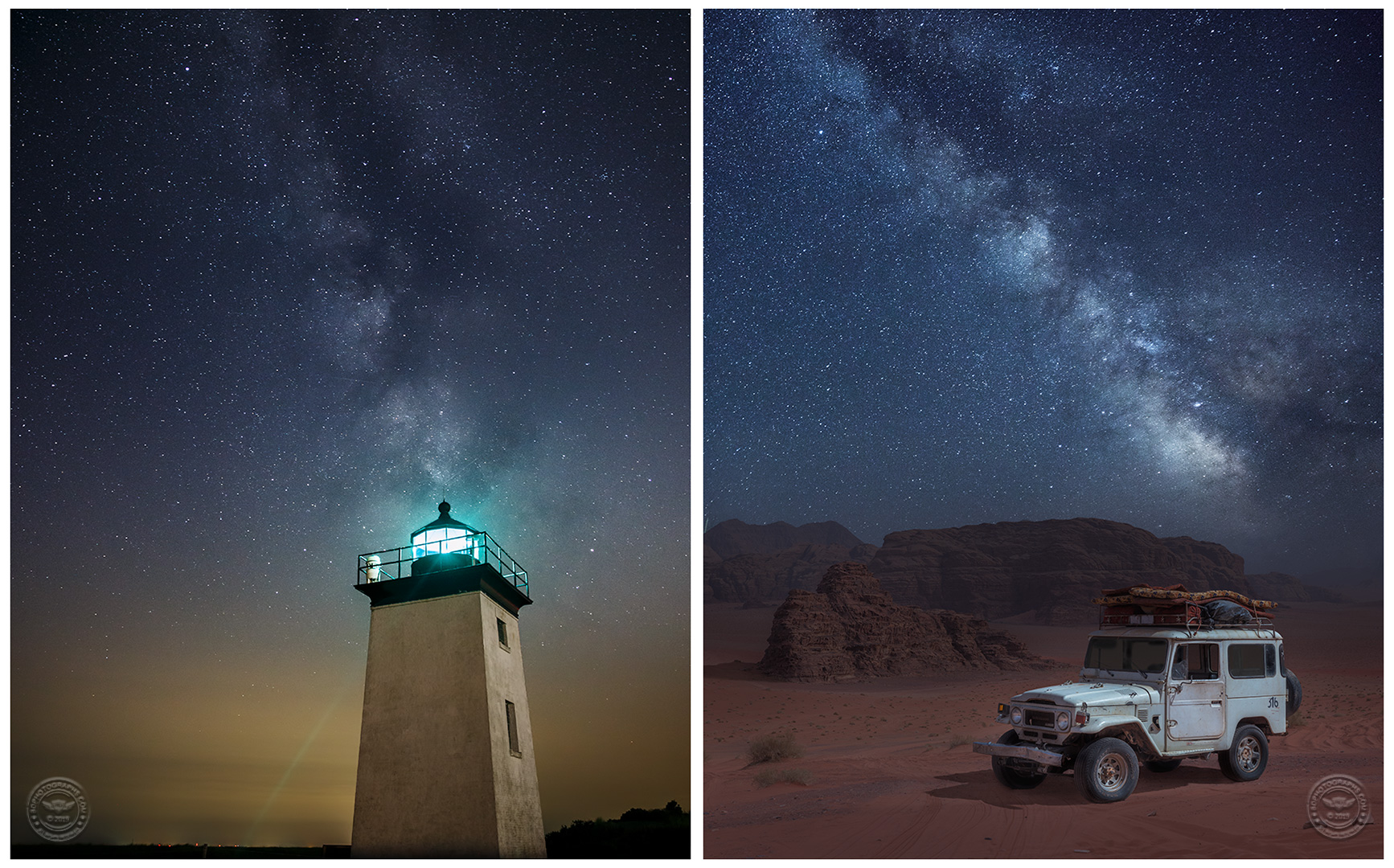There are several methods of multi-shot astrophotography but they’re all meant to accomplish the same goal: to increase the signal to noise ratio in the shots. Because night photography is shot in low light, we typically need to raise the ISO (i.e. sensor sensitivity) which results in greater image noise. To compensate for the greater noise, astrophotographers use different techniques:
Stacking: The same shot is taken multiple times in immediate succession. The images are “stacked” in a post-processing software application like Starry Landscape Stacker. Because noise is slightly different in each exposure, the software uses statistics to retain the consistent pixels (signal) while discarding a lot of the noise. Stacking is my preferred method of image-making, but it requires advance planning and significant work in post.
Tracking: The camera is mounted on a tracker (sometimes called a “star tracker”) which is a device that moves in counter-rotation to the earth’s natural spin. This permits longer exposures (where a longer shutter means a lower ISO) without the appearance of star trails*. Some photographers combine tracking with stacking. Unless the image is of the sky only, tracking necessarily requires blending with separate shot(s) (in which the tracker is turned off) for the foreground. Once again, this technique requires a lot of work in post.
Time Blending: In this method the foreground is photographed while there is still some available natural light, such as during blue hour. This permits a lower ISO shot to be blended with sky images shot later in the night. The classic time blend requires leaving the tripod — unmoved — in the exact same spot for both shots. A more liberal version of this would be to return to the same spot for the later shot. Purists will consider this a composite image — not necessarily a bad thing, but something that could be disqualifying for photo contests or publication.
Compositing: Just as the name implies, a foreground and sky — which may be from different locations at different times — are combined into a single image in post. I am not opposed to compositing as a technique to achieve a realistic outcome, but I don’t care for impossible shots. Humor the rest of us and make it seem real. When a photographer was published in National Geographic with obvious fakes, the astrophotography community went ballistic. I’ve seen too many ridiculous images of the Milky Way arching over Manhattan (light pollution makes this impossible) — made even more absurd by the fact that the camera is looking up Broadway (i.e. facing north, where the Milky Way would never be). To me these types of images belong next to posters of unicorns and dragons at the mall fantasy shop.
